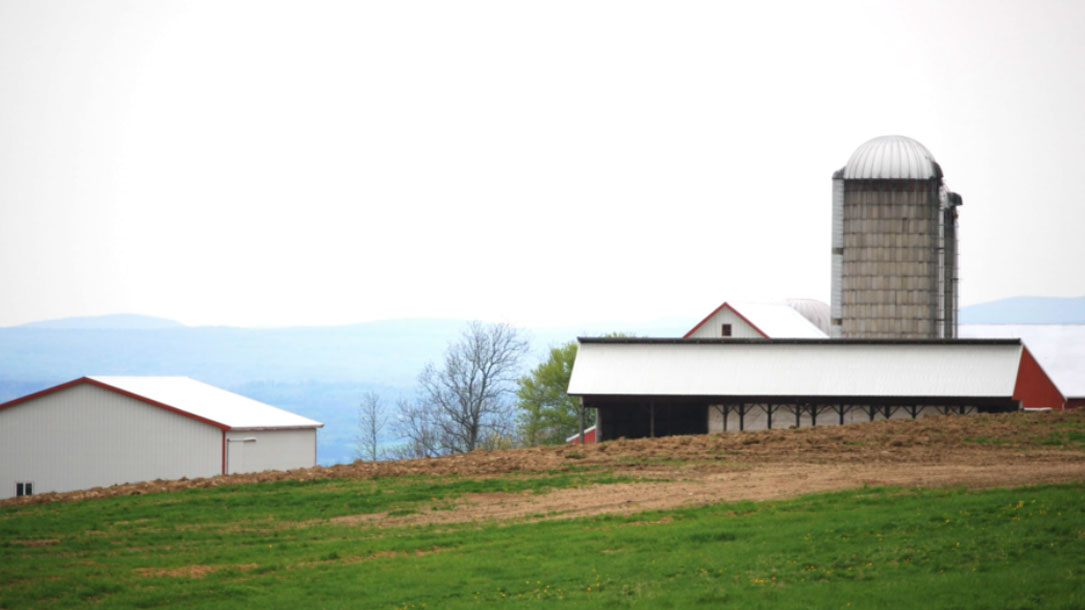
SunCommon financing program helps Vermont organic farmers go solar
SunCommon, headquartered in Waterbury, Vermont, launched a program that offers to help Organic Valley farmers go solar with zero upfront costs. Organic Valley is the largest farmer-owned organic cooperative in the US with a footprint of 100+ Vermont farms. The program provides Organic Valley farmer-members with financing for solar and other renewable energy projects. Farmers benefit from a fully-funded solar installation with no upfront costs, and they save on their energy bill…

The effects of defaunation on plants’ capacity to track climate change
Most plant species depend on animals to disperse their seeds, but this vital function is threatened by the declines in animal populations, limiting the potential for plants to adapt to climate change by shifting their ranges. Using data from more than 400 networks of seed dispersal interactions, Fricke et al. quantified the changes in seed disposal function brought about globally by defaunation.
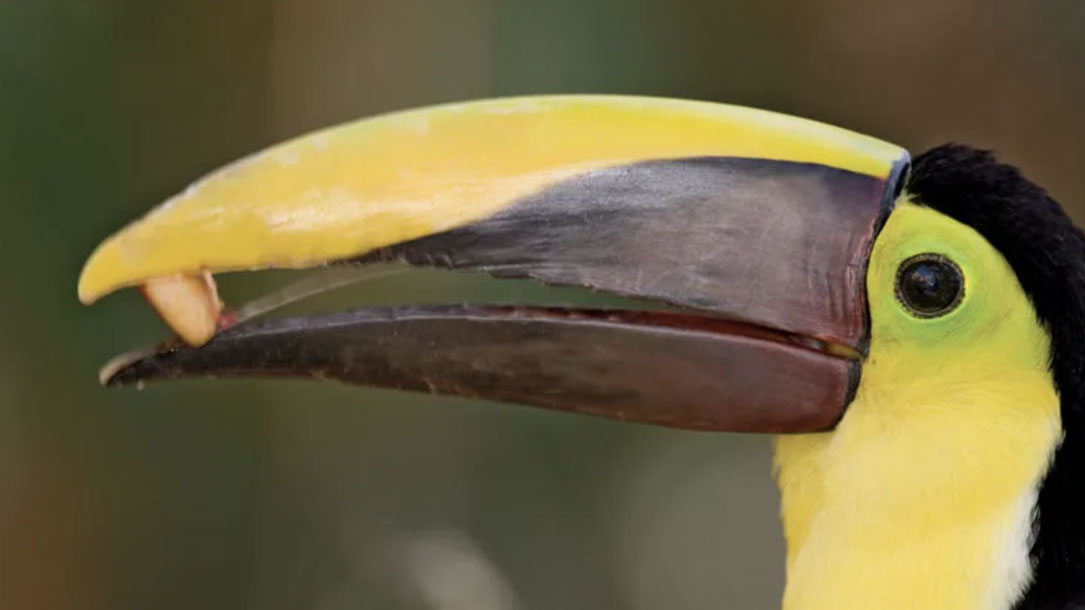
Dispersal by birds
“Birds, being preening animals, rarely carry burrlike diaspores on their bodies. They do, however, transport the very sticky (viscid) fruits of Pisonia, a tropical tree of the four-o’clock family, to distant Pacific islands in this way. Small diaspores, such as those of sedges and certain grasses, may also be carried in the mud sticking to waterfowl and terrestrial birds…”
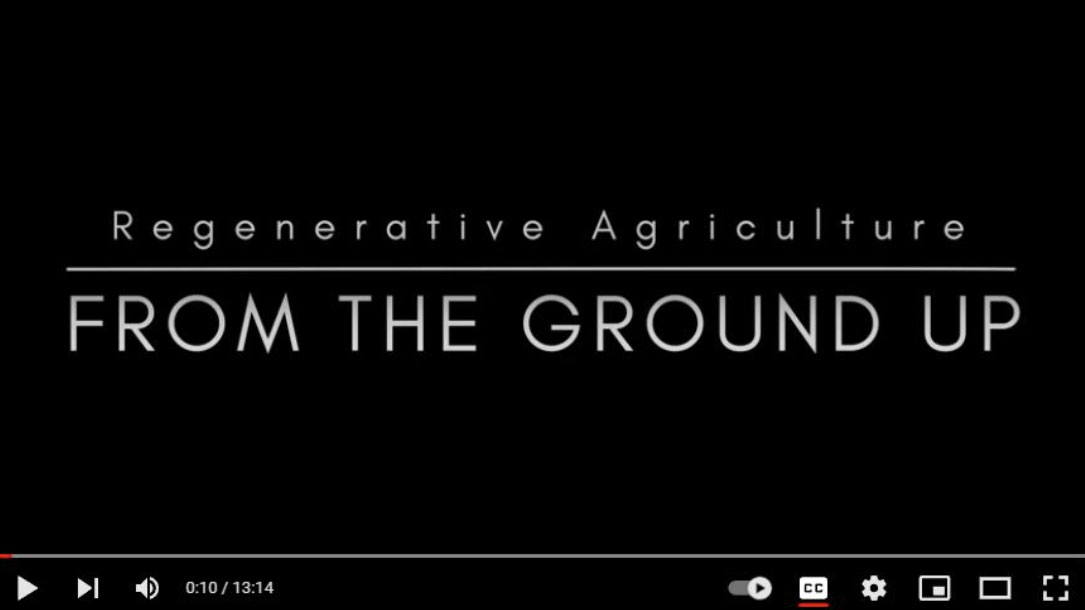
From the Ground Up
Farming with nature, and using rotational grazing and regenerative practices, makes a considerable impact on the landscapes of the farms featured in this film.
Inspired by Charles Massy’s best-selling book, “Call of the Reed Warbler,” filmmaker Amy Browne set out across the dry farming country of South East NSW [Australia] to meet Massy and the other trailblazing farmers bringing new life to their land…
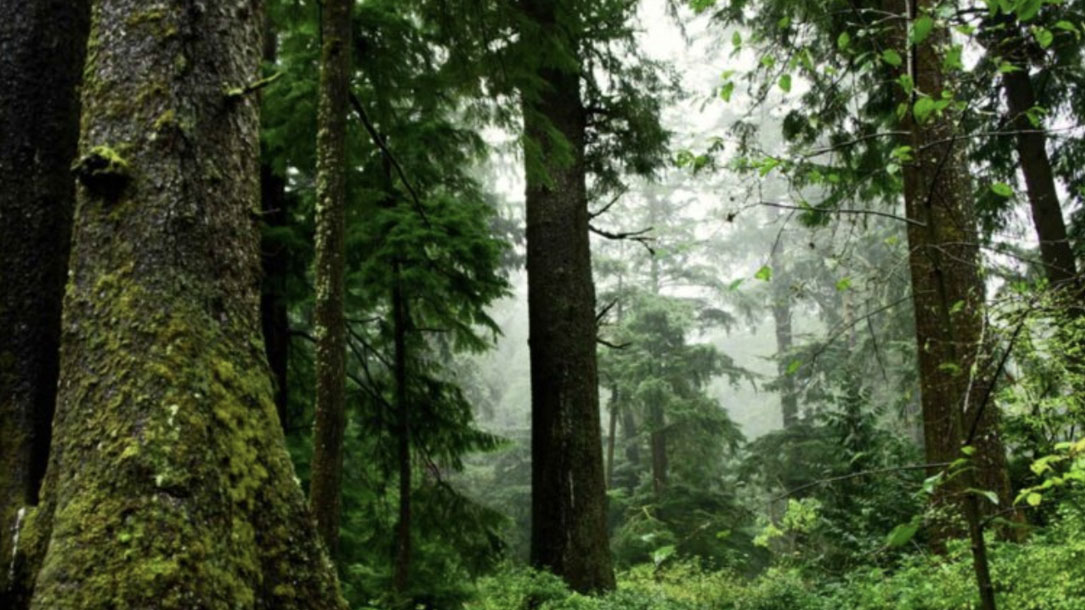
Are old-growth forests protected in the U.S.?
As crazy as it sounds, no one really knows how much old growth is left in America’s forested regions, mainly because various agencies and scientists have different ideas about how to define the term. Generally speaking, “old growth” refers to forests containing trees often hundreds, sometimes thousands, of years old. But even when there is agreement on a specific definition, differences in the methods used to inventory remaining stands of old growth forest can produce major discrepancies.
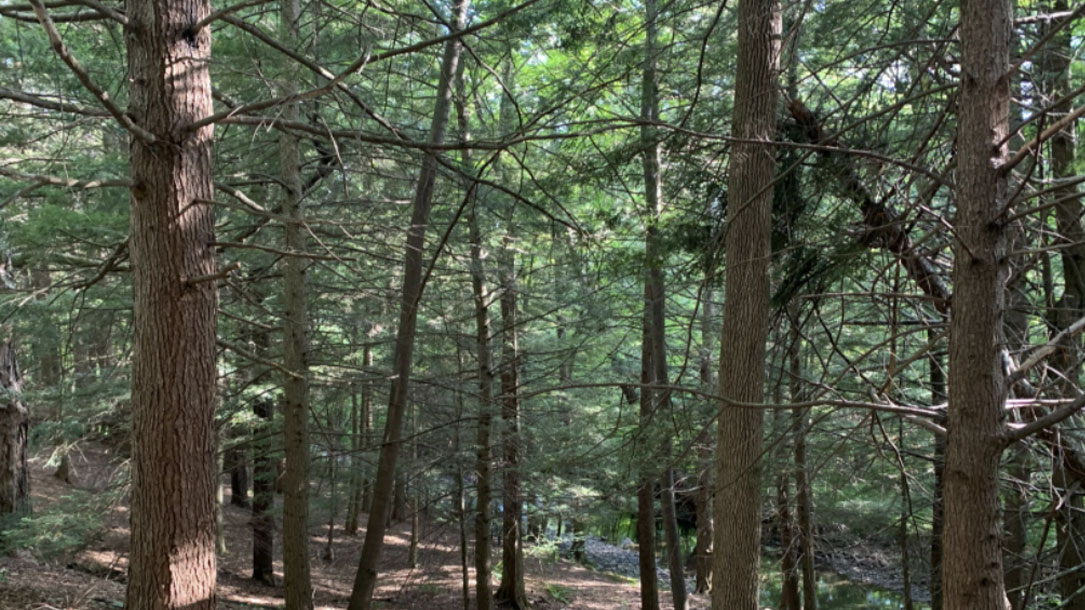
Keeping trees in the ground where they are already growing is an effective low-tech way to slow climate change
Mature trees that have reached full root, bark, and canopy development deal with climate variability better than young trees. Older trees also store more carbon. Old-growth trees, which are usually hundreds of years old, store enormous quantities of carbon in their wood, and accumulate more carbon annually…

Soil organic carbon pools in the northern circumpolar permafrost region
The Northern Circumpolar Soil Carbon Database was developed in order to determine carbon pools in soils of the northern circumpolar permafrost region. The area of all soils in the northern permafrost region is approximately 18,782 × 103 km2, or approximately 16% of the global soil area. In the northern permafrost region, organic soils (peatlands) and cryoturbated permafrost-affected mineral soils have the highest mean soil organic carbon contents…

The extent of soil loss across the US Corn Belt
“Soil erosion in agricultural landscapes reduces crop yields, leads to loss of ecosystem services, and influences the global carbon cycle. Despite decades of soil erosion research, the magnitude of historical soil loss remains poorly quantified across large agricultural regions because preagricultural soil data are rare, and it is challenging to extrapolate local-scale erosion observations across time and space…”
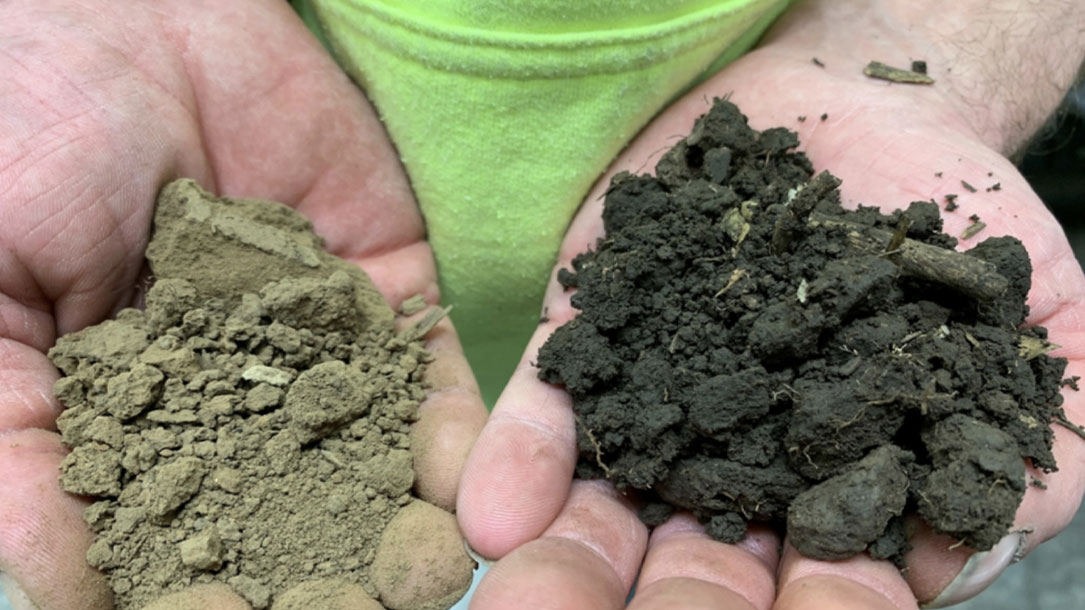
The corn belt is losing topsoil, increasing carbon emissions, and lowering yields
Scientists have found that around 35 percent of the region has lost its most fertile A-horizon soil, more commonly known as topsoil, since European colonization in the 1600s, resulting in estimated annual economic losses of around $2.8 billion and a 6 percent reduction in crop yields per year. Their findings are published in the Proceedings of the National Academy of Sciences….
“A third of the Midwest is currently losing 50 percent of its fertilizer,” Bruno Basso, a professor at Michigan State University, who was not involved in the study, said…
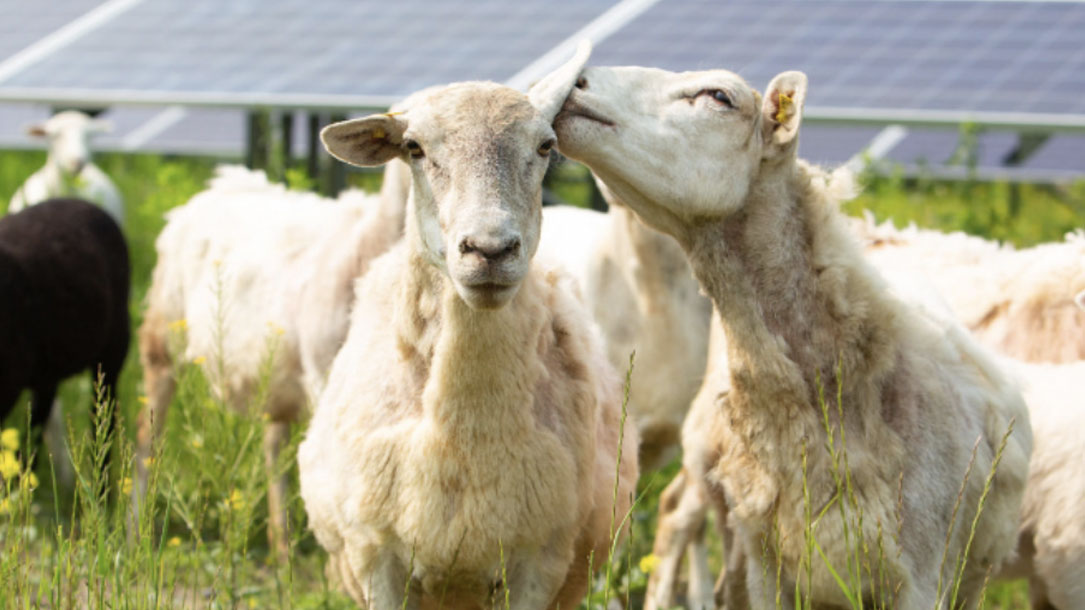
Organization to know: The American Solar Grazing Assoication
Want to Get Involved With Solar Grazing?
Well you’ve come to the right place. The American Solar Grazing Association (ASGA) was founded to promote grazing sheep on solar installations.
ASGA members are developing best practices that support shepherds and solar developers to both effectively manage solar installations and create new agribusiness profits.












